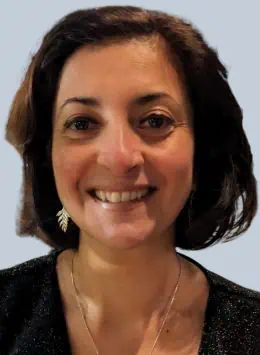Moles
Home » Conditions » Moles
Say Goodbye to Moles
Not sure about your condition? Get in touch now, there is no reason for you to wait.
Award winning dermatology service, with over 20 years of experience
Short waiting lists, on some occasions offering same week appointments
Safe environment, in Care Quality Commission approved facilities
Mole Laser Removal Near Me
A mole is a small coloured spot on the skin which is made up of a cluster of cells known as melanocytes which are responsible for producing the pigment in your skin. Occasionally these melanocytes grow in a cluster instead of being spread out which results in the formation of a mole. Moles can develop into melanoma skin cancer which is why it is vital they are checked regularly so they can be removed if necessary. Depending on their location and position, some moles can cause feelings of self-consciousness and embarrassment. Here at The Harley Street Dermatology Clinic we use safe and effective methods to remove both benign and precancerous moles.
Alternative names: naevus, nevus, junctional naevus, compound naevus, intra-dermal naevus, congenital melanocytic naevus, halo naevus, atypical naevus, dysplastic naevus, epidermal naevus, naevus sebaceous, naevus lipomatosus superficialis.
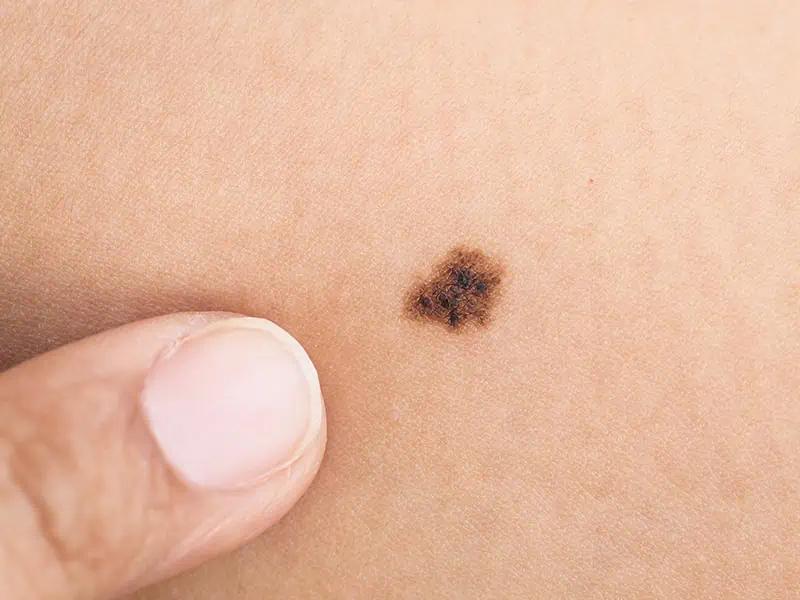
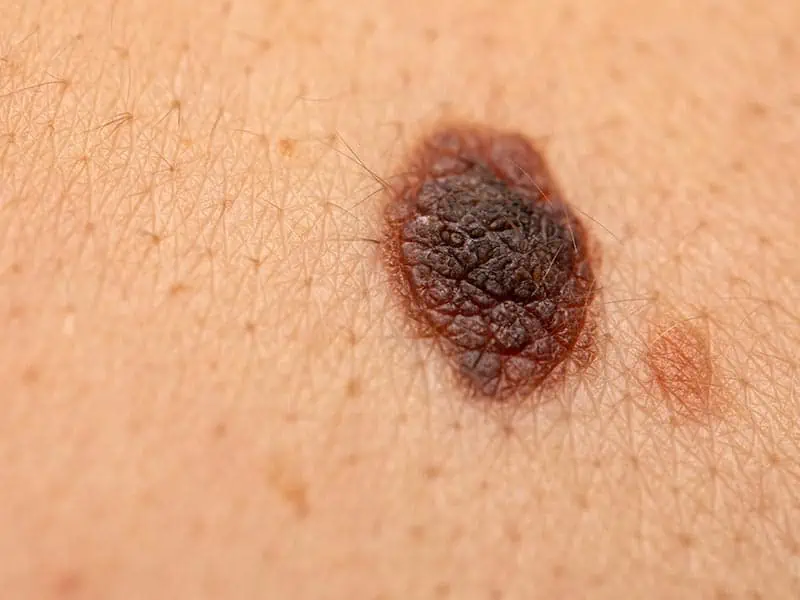
HOW CAN MOLES BE REMOVED?
Moles can be removed in different ways, depending on the location and appearance of the mole. The treatment options available to you will be discussed during your consultation with one of our consultant dermatologists. Some of the treatment options for mole removal at The Harley Street Dermatology Clinic includes:
LASER MOLE REMOVAL
Some moles can be removed by laser treatment and if this option suits your condition you will be advised at the consultation. Laser mole removal is best suited for small moles and is a good option when the mole is on the face as there is less risk of scarring. This treatment to remove moles works by using intense bursts of light radiation to remove the cells which make up the moles and usually takes a couple of treatments to completely remove the mole.
SHAVE REMOVAL
Moles can be removed from the face and body using a shave removal technique which involves removing the mole using a scalpel. The treatment area will be numbed with anaesthesia and a small pink mark may be left where the mole once was, but this should fade over time.
EXCISION REMOVAL
Excision mole removal works by completely removing the mole by cutting it out, along with a small area of surrounding healthy tissue. This treatment is usually used to find out if the mole is cancerous. The area is treated with local anaesthetic and then the mole itself is removed along with a small area of normal skin. The wound is either stitched up or a skin graft is used to connect a patch of healthy skin from a hidden part of the body to the affected area.
Even if you’re having your moles removed purely for cosmetic reasons, we recommend that a histological analysis be carried out in order to identify any potentially dangerous cases that may require further treatment. When it comes to skin cancer, getting an accurate diagnosis is important, having your moles removed by a member of our specialist dermatology team will ensure that your mole will be removed quickly and efficiently.
FREQUENTLY ASKED QUESTIONS
HOW SHOULD I CHECK MY MOLES?
Most moles are completely harmless, but it’s important to check your skin regularly so that you can spot any changes in size, shape, or colour early and get them checked out.
The things to look out for when you’re checking your moles include:
- Colour: Uneven colours or changes in colour; most moles are just one colour, but melanomas are made up of lots of different shades.
- Size: Healthy moles don’t generally change size, so if you notice a mole getting bigger it’s important to have it checked out
- Edges: Most moles are usually circular or oval with smooth edges, so if your mole develops a rough or uneven edge it could indicate something more serious
- Irritation: Most moles will sit on your skin and not cause any problems, but if they turn red, start to itch, bleed, become inflamed or crusty see a specialist
A change in the size and shape of your moles doesn’t necessarily mean that you have developed melanoma; there are a variety of other reasons why your moles may be behaving that way. The most important thing to remember is to check your moles regularly, and if you are worried about any of your moles make an appointment to see a member of our team of dermatology specialists.
HOW OFTEN DO I NEED MY MOLES CHECKING?
We recommend an annual review of your moles to identify any changes which may have occurred since your last appointment. However those at risk of skin cancer might need to be seen more frequently than this. We will send you a reminder to book your annual check. If you notice any changes to your moles between appointments, please contact us to book a mole check appointment.
HOW DO I KNOW WHICH MOLE REMOVAL TREATMENT IS RIGHT FOR ME?
During your consultation with a consultant dermatologist, your mole will be assessed and the right treatment option will be recommended for you. This will depend on the assessment and location of the mole.
MOLE TREATMENTS INCLUDE:
- Mole Checks
- Mole Removal
- Mole Mapping
- Surgical Excision
Moles treatment prices
HEAR FROM OUR PATIENTS
Start Your Journey With Us
Please fill in this form and one of our team will give you a call back to arrange a consultation with one of our expert dermatologists.
WHY GET YOUR MOLES Checked AT THE HARLEY STREET DERMATOLOGY CLINICS?
Having the right dermatologist is important especially when you have a chronic skin condition that will require ongoing treatment. We want you to feel confident that we’re providing you with the best possible care. We also want you to feel as comfortable as possible with your dermatologist.
The Harley Street Dermatology Clinic specialises in conditions affecting the skin, hair and nails. Our goal is to provide all the care that you need when you’re experiencing these kinds of problems. We want to make it easy for you to access the best quality support from our London mole clinic.
The clinic is conveniently located in Central London, so it’s easy to visit us if you need to see a dermatologist. You will find yourself in a very comfortable and welcoming environment. We have created a relaxing space where you will receive the highest quality of care. We are regulated by the Care Quality Commission, are part of the British Association of Dermatologists and are top rated by patients of Doctify so you can be sure of safe and effective treatment with us.
Mole INSIGHTS AND ADVICE
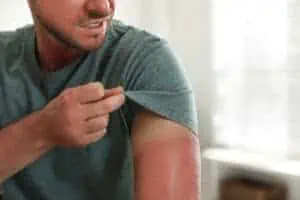
Ask The Expert: Sun Damage
WHAT DO I DO IF I BURN MY SKIN? Ideally, with the right high SPF sun cream and caution, sunburn can be avoided completely. However, in cases where sunburn happens, it is important to begin treating as soon as possible and get out of the
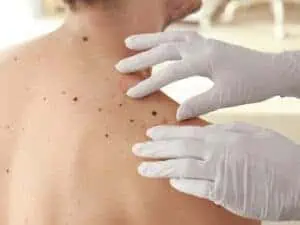
Worried about a mole?
A mole is a coloured spot on the skin which is made up of a cluster of cells known as melanocytes which are responsible for producing the pigment in your skin. Sometimes these melanocytes grow in a cluster instead of being spread out which results
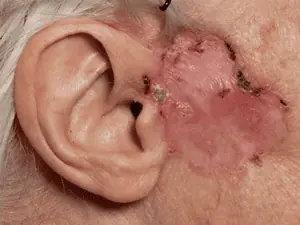
Is BCC (Basal Cell Carcinoma) a Completely Curable Disease? How?
You might not have heard of Basal Cell Carcinoma before, but it is actually the most common form of skin cancer in the UK. About 80% of the people who are diagnosed with skin cancer every year have a BCC. If you are diagnosed with


